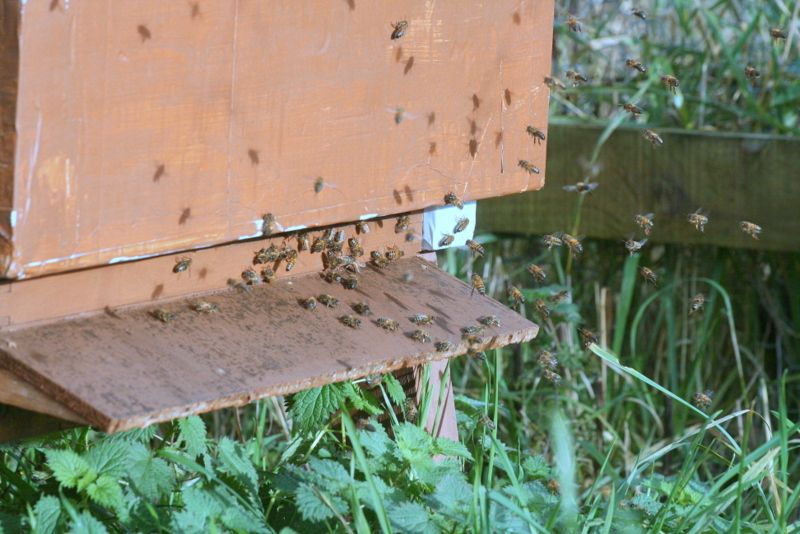but what was mentioned in post 13 I would say at that time there was a problem and thankfully some measures taken to deal with it.
Some measures? good measures I would say - there was mention of a 'substantial' mite drop but no mention of how much - he then conducted a three phase vaping with the commensurate expected heavy mite drop due to the treatment (not excessive I would think but a moderate load expected from a healthy colony) he ended up a few days after the last vape with seventeen mites in two days (and the colony still benefitting from the vaping at that point I would surmise) it's now midwinter, he has a moderate drop which I wouldn't worry about and not much brood - which is what we expect at this time of the year - then we get some fool banging on about the colony being doomed and it's all down to varroa!!! let's get real here
Another thing to mention, and hasn't been mentioned in this thread is that Varroa know a" failing colonie"
Yup - but just to get things straight, as usual with these threads the discussion has skipped from the OP to a different forum member

In my experience lots of stores often = little brood,
Let's look at this statement first shall we? in 'my experience' lots of stores means (at this time of the year) a well fed colony with little autumn nosema problems as they took down feeding readily
for winter stores if I had fed my colonies well in the autumn I would not expect them to feel a little light until the new year - well done Millet!
Little brood - hmmm what do we expect at this time - it's mid December, the queen should be at her lowest laying cycle so we should be seeing? Little
brood and let's not follow that ridiculous belief that just because the bees are collecting pollen that they should be brooding. Around here we had plenty of pollen from both HB and Ivy through September to November - all of my colonies had little if no brood.
COLONIES ARE NOT MEANT TO HAVE MUCH BROOD AT THIS TIME OF YEAR!!
in the present climatic conditions.
Well, regardless of the fact that it seems to be June in her little corner of LaLa land, most of us are experiencing winter weather - yes, in general it has been a little mild, but we've had cold periods, frost (especially up North) a dad of snow, maybe a little more rain than we'd like
but nothing unusual for this time of year apart from a lot of rain same old same (but then again I can remember at least three winters in the last ten twelve years where it's rined almost constantly from October to December)
Theres more to beekeeping than endlessly counting varroa and opening up to count brood throughout the winter.




















































